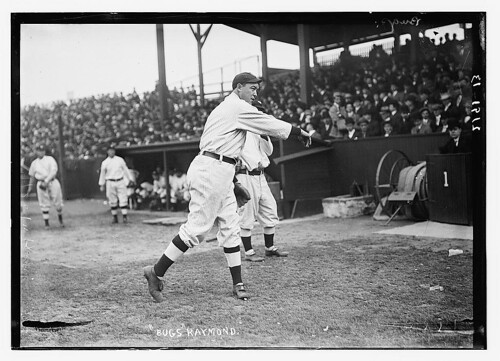I’ve watched the Scott Cousins-Buster Posey collision dozens of times. My conclusion: if it’s a clean baseball play, it shouldn’t be.
On Tuesday, the Philadelphia Phillies’ Hall of Fame third baseman Mike Schmidt told ESPN’s Mike and Mike that in his opinion Cousins had a clear path to home plate and should have taken it. But, said Schmidt, since sliding is a “lost art,” Cousins barreled into Posey and may have ended the young star’s career.
But did Posey also make the wrong choice when as a Florida State Seminole he switched positions to become a catcher? As a testimony to his versatility, Posey at one time or another at Florida State played all nine positions. In a single game on May 12, 2008 against Savannah State Posey not only played all the field positions but pitched the last inning and struck out the only two batters he faced.
As a freshman in 2006, Posey started at shortstop, hit .346 and won a spot on the Louisville Slugger All American Freshman team. The following year, the Seminoles needed a catcher so associate head coach Jamey Shoupe approached Posey who readily agreed.
According to sources close to the Florida State baseball program, Posey spent the next few months in a catcher’s crouch. Not only did Posey watch television and read textbooks while bent at the knees, he studied Ivan Rodriguez, Jorge Posada and Joe Mauer’s defensive techniques.
After just one season of playing the position, Posey was a finalist for the Johnny Bench Award, awarded to the best catcher in college baseball. In 2008, as a junior, he hit .463 with 26 home runs and 93 RBIs, won the Johnny Bench Award and was named the Collegiate Baseball Player of the Year. The same year Posey won the coveted Dick Howser Trophy, and the Golden Spikes Award given to the best player in amateur baseball.
By all accounts, Posey is not only a great player but also an outstanding young man. FSU fans once serenaded Posey with this tune:
Bus-ter Pose-ee, he’ll hit a home run/Bus-ter Pose-ee, he’ll throw you out/Bus-ter Pose-ee, he’ll strike you out too!
Posey, out for the year, says he wants to return to catching in 2012.
But everything depends on how Posey’s physical rehab progresses. But however this season ends, whether you’re a San Francisco Giants’ fan or not, the Cousins-Posey incident has cast a dark shadow over the game
Knowing that baseball greats like Schmidt think Posey’s injury was avoidable makes coping with its consequences all the harder.
 Fans who’ve read Lawrence Ritter’s The Glory of Their Times or watched the Ken Burns Baseball miniseries, may be familiar with Raymond, who pitched six years in the majors between 1904 and 1911, going 45-57 with a 2.49 ERA. Former New York Giants teammate Fred Snodgrass told Ritter, “Bugs drank too much and came to an early tragic end, but when he was sober, and sometimes when he wasn’t, he was one of the greatest spitball pitchers who ever lived.”
Fans who’ve read Lawrence Ritter’s The Glory of Their Times or watched the Ken Burns Baseball miniseries, may be familiar with Raymond, who pitched six years in the majors between 1904 and 1911, going 45-57 with a 2.49 ERA. Former New York Giants teammate Fred Snodgrass told Ritter, “Bugs drank too much and came to an early tragic end, but when he was sober, and sometimes when he wasn’t, he was one of the greatest spitball pitchers who ever lived.”